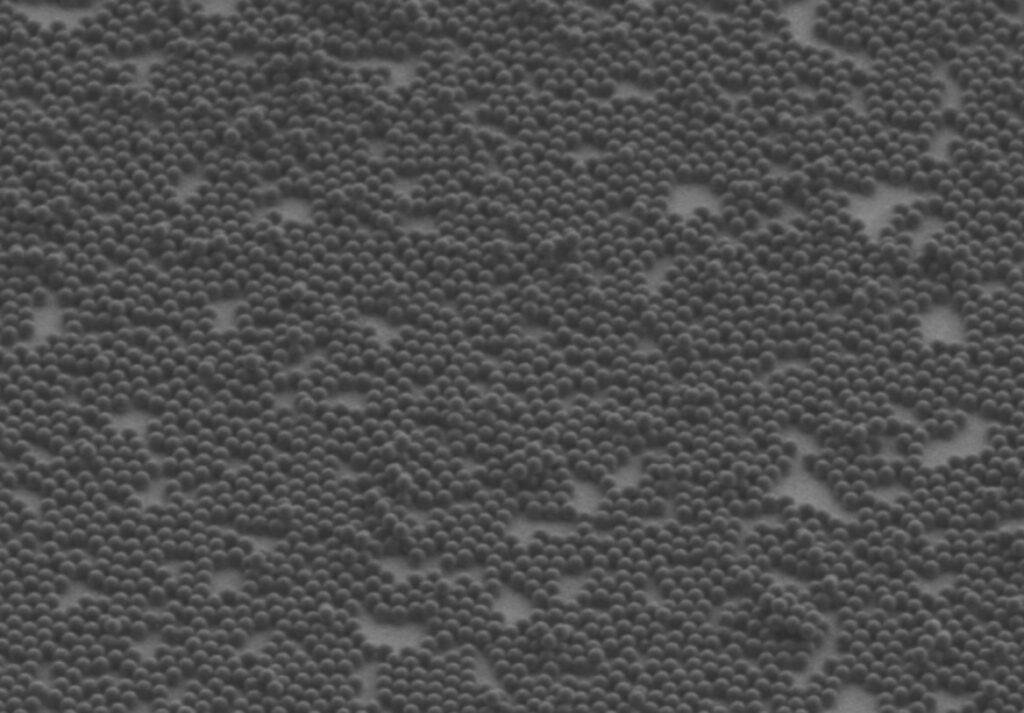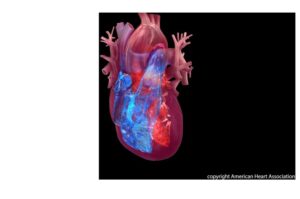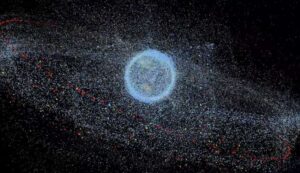
Researchers from the University of Melbourne, in collaboration with the University of Stuttgart in Germany, have unveiled a groundbreaking technique to detect nanoplastics, potentially transforming global efforts to monitor plastic pollution. This innovative method, detailed in the journal Nature Photonics, employs what the researchers describe as an “optical sieve” to identify and categorize nanoplastic particles, which are notoriously smaller and more elusive than microplastics.
The development of this technique is significant as it promises a portable, cost-effective, and adaptable solution for various real-world environments, according to a news release from the University of Melbourne. Dr. Lukas Wesemann, the lead researcher from the University of Melbourne, emphasized that this breakthrough could reveal the true extent of nanoplastic contamination.
“Until now, detecting and sizing plastic particles with diameters below a micrometre – one millionth of a metre – has relied on costly tools such as scanning electron microscopes, and been nearly impossible outside advanced laboratories, leaving us blind to their true impact,” Dr. Wesemann stated.
Revolutionary Optical Sieve Technology
The optical sieve, a microchip made from gallium arsenide, features an array of tiny cavities. When liquid containing nanoplastics is poured over the sieve, the particles are trapped in cavities that match their size, allowing sorting down to 200 nanometres in diameter. This method requires only an optical microscope and a basic camera to observe distinct color changes in light reflecting off the sieve, enabling the detection and counting of sorted particles.
Associate Professor Brad Clarke, a co-author from the University of Melbourne, highlighted the accessibility this method could bring to pollution tracking. He noted the importance of understanding the numbers and size distribution of nanoplastics to assess their impact on global health and ecosystems.
“Unlike microplastics, smaller nanoplastics can cross biological barriers – including the blood-brain barrier – and accumulate in body tissues, raising profound health concerns of toxic exposure,” Clarke explained.
Implications for Environmental and Health Monitoring
The team’s method was tested using lake water containing nanoplastics, and they suggest it could eventually be applied to detect these particles in human blood samples. This development stands in contrast to existing methods like dynamic light scattering, which require separating plastics from biological matter, a step that the new method bypasses entirely.
Researchers at the University of Melbourne are now investigating how this technology could be scaled into commercial environmental testing solutions. The project involved contributions from the Australian Research Council Centre of Excellence for Transformative Meta-Optical Systems and the Australian Laboratory for Emerging Contaminants in the School of Chemistry.
Support and Future Prospects
The research received financial backing from a variety of prestigious sources, including the Australian Research Council, the European Research Council, the Australia–Germany Joint Research Cooperation Scheme (Universities Australia-DAAD), the University of Stuttgart, and the University of Melbourne.
This breakthrough comes at a critical time as the world grapples with the pervasive issue of plastic pollution. The ability to accurately monitor and assess nanoplastic contamination could lead to more informed policy decisions and public health interventions. As researchers continue to refine and expand the applications of this technology, the potential for significant advancements in environmental science and public health becomes increasingly promising.
Looking ahead, the collaboration between these leading institutions underscores the importance of international partnerships in tackling global environmental challenges. The continued development and commercialization of this technology could mark a pivotal shift in how societies address the growing threat of plastic pollution.







